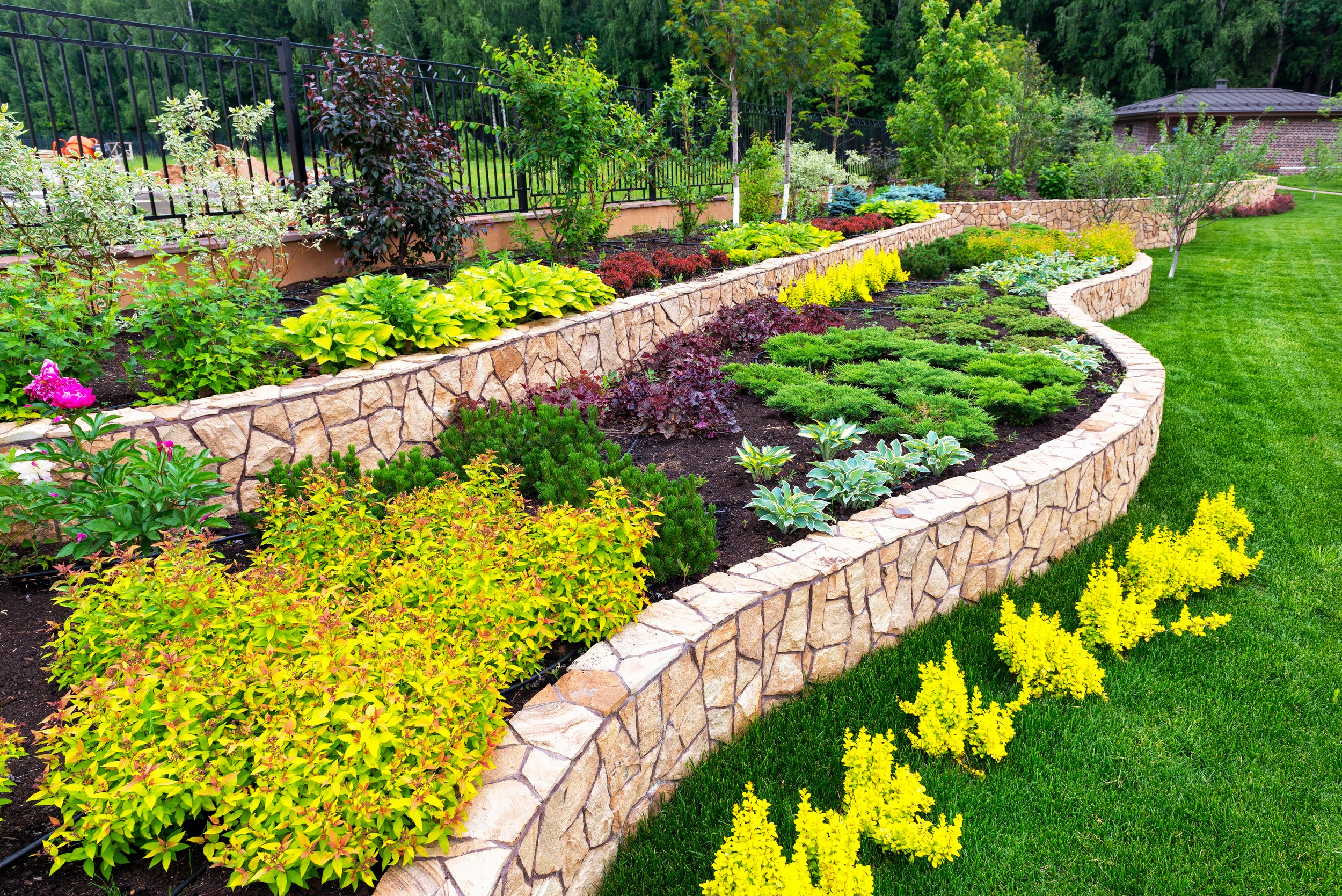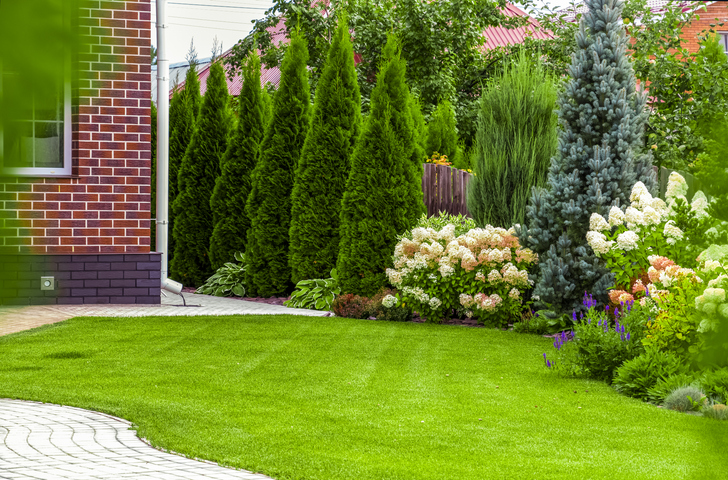The smart Trick of Hilton Head Landscapes That Nobody is Discussing
Table of ContentsHow Hilton Head Landscapes can Save You Time, Stress, and Money.Hilton Head Landscapes - The FactsGetting My Hilton Head Landscapes To WorkThe Ultimate Guide To Hilton Head LandscapesThe Best Guide To Hilton Head LandscapesHilton Head Landscapes - TruthsHilton Head Landscapes for Beginners
Line produces all forms and patterns and can be used in a variety of methods the landscape. Line in the landscape is produced by the edge between two materials, the outline or silhouette of a kind, or a long straight function. Lines are an effective device for the designer due to the fact that they can be utilized to develop an unlimited range of forms and kinds, and they control activity of the eye and the body.

Lines can have one or more attributes, such as those described listed below, however they normally serve different purposes. Figure 1. Lines in the landscape - bluffton landscaping. The homes of lines determine how individuals react to the landscape, both psychologically and physically. Straight lines are architectural and strong; they develop a formal personality, are generally related to a symmetrical style, and lead the eye straight to a focal point.
The Single Strategy To Use For Hilton Head Landscapes
Straight lines are frequently located in hardscape sides and material. Curved lines produce an informal, natural, relaxed character that is associated more with nature and asymmetrical balance. Rounded lines move the eye at a slower rate and add mystery to the area by developing concealed sights. Vertical lines relocate the eye up, making a space really feel bigger.
Vertical lines in the landscape consist of high, slim plant product, such as trees, or tall structures, such as an arbor or a bird house on a pole. Straight lines move the eye along the ground aircraft and can make a room feel bigger. Reduced lines are a lot more controlled and create a sensation of remainder or repose.
How Hilton Head Landscapes can Save You Time, Stress, and Money.
Reduced lines are created by reduced garden wall surfaces, walkways, and brief hedges. Lines are utilized to attract forms on a strategy. In plan sight, they specify plant beds and hardscape locations. Lines are additionally produced by the vertical forms of built attributes and plant material. There are three primary line types that create form in the landscape: bedlines, hardscape lines, and plant lines.
Bedlines attach plant product to the house and hardscape since the eye follows the line, relocating the stare through the landscape. Hardscape lines are created by the side of the hardscape, which defines the built structure. Line can additionally be developed by lengthy and narrow products, such as a fencing or wall surface.
Get This Report about Hilton Head Landscapes
Kind is discovered in both hardscape and plants, and it is commonly the leading aesthetic aspect that spatially arranges the landscape and often identifies the style of the garden. The form of structures, plant beds, and yard ornaments additionally figures out the general form theme of the garden. Formal, geometric kinds consist of circles, squares, and polygons.
Plants develop kind in the yard through their lays out or silhouettes, but type can additionally be defined by a void or unfavorable space between plants - landscapers hilton head island (https://h1tnhdlndscps.start.page). Circles can be cycles, or they can be divided right into half circles or circle sectors and combined with lines to develop arcs and tangents
The Basic Principles Of Hilton Head Landscapes
Circles are a strong style type because the eye is constantly attracted to the facility, which can be used to stress a focal factor or link other kinds. Circular types in hardscape and lawn panels.
The square form can likewise be segmented and pre-owned continuously to develop a grid pattern. Unlike circles, squares are more powerful on the sides, which can be lined up or overlapped to click this link create distinct patterns and even more intricate forms.
Twisting lines frequently resemble the all-natural program of rivers or streams and can be defined as smooth lines with deeply bent wavinesses. Meandering lines (Figure 3) work well for pathways, plant bedlines, and completely dry stream beds. Twisting lines can add interest and secret to a garden by leading audiences around corners to find brand-new views and rooms.
Not known Facts About Hilton Head Landscapes

Number 5. Fragmented sides: stepping rocks in path. Kind is one of the most enduring top quality of a plant (landscape design hilton head). https://pxhere.com/en/photographer/4299392. Typical plant forms are well established and standard, as type is the most regular and well-known attribute of plants. Kind can also be created with the massing of plants, where the overall mass develops a different kind than a private plant.
A very different type has to be used with careone or more work well as a prime focus, yet way too many produce disorder. Natural plant forms, instead than over-trimmed forms, need to develop the mass of the structure. The importance of total kind is essentially reliant on the seeing perspectivethe type of a tree can appear rather different to an individual standing under the canopy versus checking out the tree from a range in an open field.
The Ultimate Guide To Hilton Head Landscapes
Plant forms likewise produce and specify the gap or open areas in between the plants, creating either convex or concave kinds in deep spaces. High-arching tree branches typically create a concave open space under the branches, and a round canopy with reduced branches fills up the area to create a convex kind in the open room under the tree.
